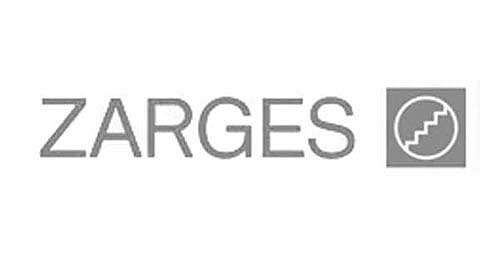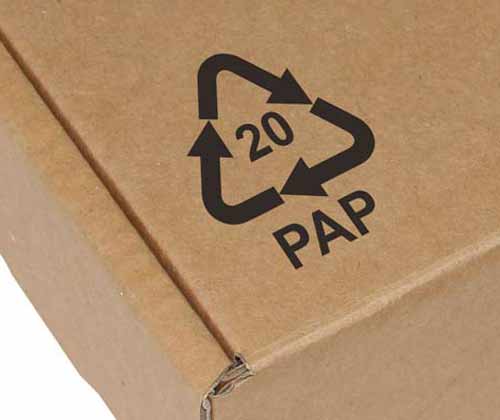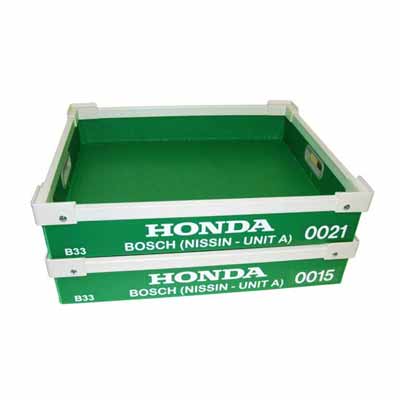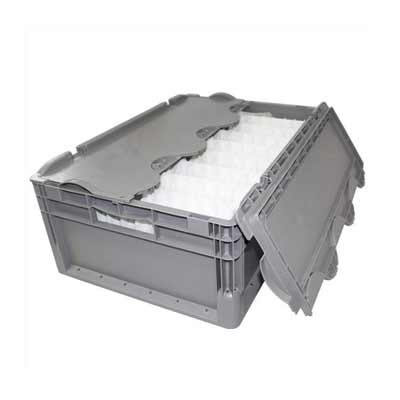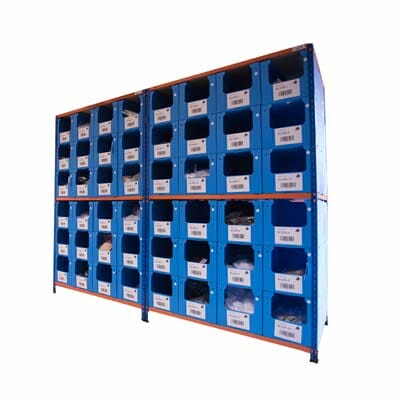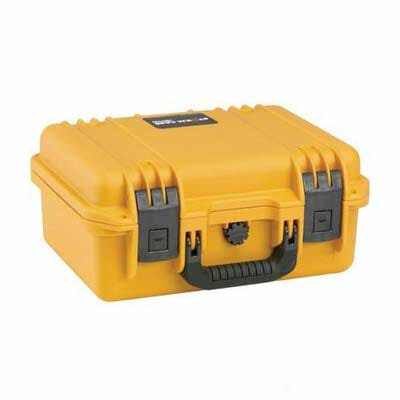Smart, connected, intelligent
How smart packaging is connecting people with brands
If you are an eCommerce or retail business looking to make your packaging stand out, you should seriously consider using smart packaging.
Smart packaging is a box or pack that uses technology for increased functionality. It integrates technologies like sensors, RFID, NFC, and QR codes to offer enhanced functionalities beyond product containment and protection. Smart packaging can connect consumers with interactive experiences, enable real-time monitoring of product conditions, and facilitate traceability and authentication.
By embracing connected packaging, you can differentiate your business in a competitive market, gain a unique edge, and tap into a new trend in retail technology. As such, this guide covers:
- What smart packaging actually is.
- Types of smart packaging and technology available.
- Suitable applications and industries.
Contents
Introduction
The growth of smart packaging technologies
Traditional packaging typically focuses solely on basic product containment and protection. Of course, printed packaging can provide additional information, such as how the pack should be handled or stored. Retail and eCommerce packaging can also be used to influence sales and customer retention.
However, it still offers a passive user experience.
Smart packaging, in contrast, can provide a range of interactive features. By incorporating technologies like QR codes, barcodes, images, RFID, and NFC, smart packaging can offer real-time monitoring, interactive engagement, digital connectivity, and enhanced functionalities such as traceability, inventory management, and personalised marketing.
With ongoing technological advancements, businesses are increasingly looking to adopt smart packaging. In fact, according to recent findings, as many as 81% of companies plan to or already have integrated connected packaging into their strategies.
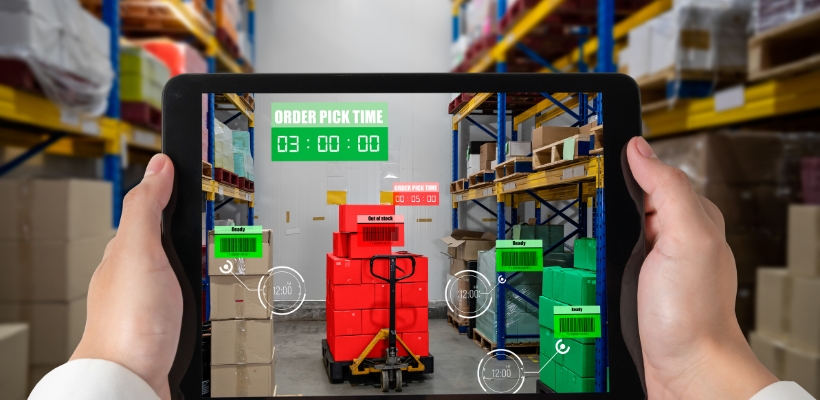
Defining smart and similar packaging types
A number of very similar and closely related terms are used when talking about interactive packaging. But what do they all mean?
Smart packaging is an umbrella term that combines traditional packaging with digital technologies to transform the consumer experience.
Connected packaging, however, is when you specifically leverage technology like QR codes or NFC technology.
Finally, intelligent packaging refers to sensors that monitor the conditions of packed products, such as food. This is particularly useful in cold chain industries, where product temperature sensitivity is critical.
Regardless of the terminology used, smart packaging is designed to enhance user engagement, improve product safety, and optimise supply chain efficiency, making it a transformative solution in the packaging industry.
Types of Smart Packaging
How is technology integrated with smart packaging
Whilst there is almost no creative limit in terms of how smart packaging can function, there are three main technologies that smart packaging typically employs. These are:
- RFID and NFC
- QR Codes
- Barcodes
Whilst there is considerable overlap in terms of industries and applications where these technologies are used, each technology provides a range of unique advantages that you can leverage at your business.
RFID and NFC
Radio-Frequency Identification and Near Field Communication
RFID (Radio-Frequency Identification) or NFC (Near Field Communication) is commonly integrated within or on packaging to provide various functionalities and benefits.
RFID/NFC tags, which consist of a microchip and an antenna, can be embedded within the packaging material or attached to the exterior of the packaging.
These tags store unique identification data and can be read wirelessly using RFID/NFC readers, including both specialist industrial scanners and most modern smartphones.
Both RFID and NFC technology can work with virtually all forms of protective and presentation packaging.
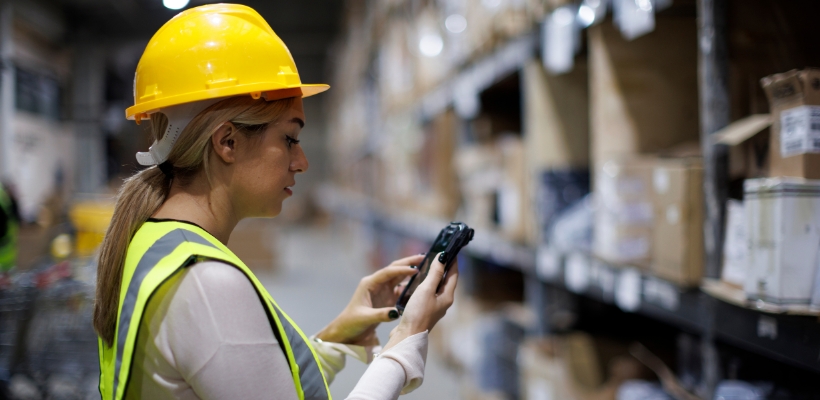
Inventory management
RFID/NFC tags allow for real-time tracking and monitoring of products throughout the supply chain. Retailers and manufacturers can accurately monitor inventory levels, reduce stockouts, and improve replenishment processes.
Authentication and anti-counterfeiting
RFID/NFC technology also helps verify the authenticity of products by providing a secure and unique identification code. This helps combat counterfeiting and ensure product integrity.
Security and loss prevention
Similarly, RFID/NFC technology can enhance security measures by triggering alarms or notifications if products are removed from designated areas without authorisation, helping in theft prevention and loss reduction.
Traceability
RFID/NFC tags enable enhanced traceability by recording information such as manufacturing date, batch number, and expiration date. This information can be accessed and updated at various stages of the supply chain, facilitating better quality control and compliance management.
Enhanced consumer engagement
Smart packaging using RFID/NFC tags can offer interactive experiences for consumers by providing access to product information, usage instructions, promotional offers, or loyalty programs through RFID/NFC-enabled smart devices.
Product and ambient conditions
Finally, smart packaging can provide intelligent insights into the condition of goods within packaging. Sensors and indicators can monitor conditions such as temperature, moisture, light, and pressure.
QR Codes
Quick response codes on packaging
A QR (quick response) code is a machine-readable code with an array of black and white squares. Most commonly, they store web addresses or other information that can be read by the camera on a smartphone.
QR codes work on the same principles as traditional barcodes. While barcodes hold information horizontally, a QR code does so both horizontally and vertically. This means QR codes can contain over a hundred times more information.
QR codes have become one of the most popular options for smart packaging due to their wide range of applications. They are also easy to implement on any form of printed packaging.

Interactive engagement
QR codes enable consumers to access digital content, such as websites, videos, product information, recipes, or promotional offers, by scanning the code with their smartphones or tablets. This interactive engagement enhances user experience and provides additional value to consumers.
Product Information
QR codes can link to detailed product information, including ingredients, nutritional facts, usage instructions, and safety warnings. This allows consumers to make informed purchasing decisions and ensures product compliance with regulatory requirements.
Traceability and authenticity
QR codes can facilitate enhanced traceability by linking to batch numbers, manufacturing dates, expiration dates, and supply chain information. This helps combat counterfeiting and verify the authenticity of products.
Consumer loyalty and marketing
Businesses can use QR codes to promote consumer loyalty and facilitate targeted marketing campaigns. Through QR code interactions, brands can offer loyalty rewards, discounts, or personalised offers, encouraging repeat purchases and fostering customer engagement.
Barcodes
A well-established form of smart packaging
Barcodes are commonly associated with retail packaging but can also be used for smart packaging applications. Comprised of numbers and parallel lines of varying widths, they have traditionally been used for stock control and point-of-sale functionality.
The modern-day one-dimensional barcode is read using a specialist scanner that uses a laser to detect the pattern. Any printed packaging can include a barcode, which can also be applied with labelling (e.g., for warehouse picking bins or returnable containers).
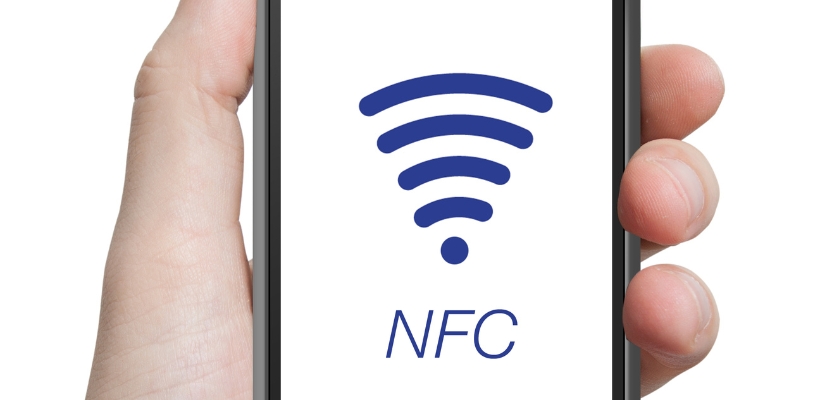
Inventory management
Barcodes are popular for inventory management and tracking purposes in retail, manufacturing, and logistics industries. They provide a quick and efficient method for scanning and recording product information, reducing manual errors and improving inventory accuracy.
Product identification
Barcodes serve as a unique identifier for products, allowing retailers and manufacturers to track individual items throughout the supply chain. This facilitates efficient stock management, order fulfilment, and product recall processes.
Point-of-Sale (POS) systems
Barcodes are essential for POS systems, enabling seamless and accurate product scanning, pricing, and transaction processing at checkout counters. This enhances operational efficiency and improves customer satisfaction during the shopping experience.
Data encoding and automation
Barcodes can encode various types of data, including product codes, pricing information, and batch numbers, enabling automated data capture and processing. This streamlines operations, reduces labour costs, and enhances data accuracy in various business processes.
Uses for Smart Packaging
eCommerce applications for Smart packaging?
In today’s digital era, simple branding may no longer suffice; consumers are increasingly seeking experiences that truly stand out. This is where connected packaging comes into play, offering online, multi, and omni-channel retailers a new and creative opportunity to align their physical and digital customer experiences.
However, there are applications beyond B2C that are suitable for smart packaging.
Smart eCommerce packaging
Creating memorable unboxing experiences has become vital for brands seeking a competitive advantage in the saturated online market.
For online retailers, the packaging materials they use often serve as the first physical touchpoint in the customer journey, making it a prime opportunity to make a lasting impression.
Over recent years, brands have embraced innovation and technology to revolutionise the traditional unboxing process, transforming it from a simple act into a personalised and interactive journey for consumers.
Smart packaging enables consumers to scan or tap their smart devices to launch browser-based apps or interact with the packaging.
This integration allows brands to create unique digital experiences, including augmented reality overlays, turning packaging into their own media channels.

Retail and augmented reality
One of the most creative and effective ways brands use smart packaging is to leverage augmented reality (AR) to turn passive packaging into an engaging media channel.
This innovative approach allows brands to offer unique and stand-out experiences, allowing customers to try on garments or place furniture or products inside their homes.
With 6.92 billion smartphone users worldwide, the adoption of connected packaging presents a relatively low risk for brands, ensuring that their efforts in creating immersive unboxing experiences are not overlooked.
Supply chain and B2B
The growing demand for transparency, sustainability, and convenience has fuelled the rapid adoption and expansion of smart packaging, making it an integral part of modern supply chains and enhancing user engagement in the digital era.
Smart packaging for industrial applications can provide real-time monitoring, traceability, inventory management, and even handling and safety information for those handling it.
Summary
Integrating smart packaging into your business
Regardless of your industry, product, or application, smart packaging can likely improve your business. From stock management, traceability, and monitoring to consumer engagement and brand awareness, the technology no longer limits your creativity.
Despite being a relatively recent development, GWP is already well-versed in creating commercially successful smart packaging. From selecting the right material, technology, and even testing, our team of designers and packaging experts can provide the guidance you need.
So, if you would like to integrate smart packaging into your business, please do not hesitate to get in touch.
Share this article
Further reading


About the author

Matt joined GWP in 2012 as Marketing Manager, and is now involved with sustainability and the promotion of Macfarlane’s manufacturing businesses.
Products in this guide
Get in touch
Related guides
Analysis: Custom eCommerce packaging vs stock boxes
The 6 basics of improving order fulfilment processes
eCommerce unboxing experience – ideas and best practice
eCommerce shipping: The crucial role played by packaging
11 branding ideas for printed eCommerce boxes and packaging
7 facts highlighting the importance of eCommerce packaging
Unboxing trends and how consumers view eCommerce packaging
eCommerce Statistics: 200+ online shopping/packaging facts
Accessible packaging: what is it, and why does it matter?
FSC® cardboard boxes – 15 reasons your business should use them







